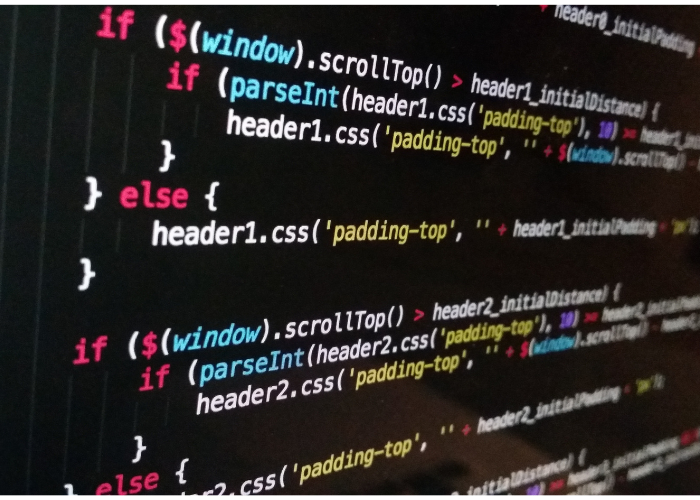CSS (Cascading Style Sheets) is the backbone of web design, providing the tools to style and layout web pages with precision. Whether you’re a budding web developer or looking to refine your skills, understanding CSS fundamentals is the first step toward creating visually stunning and user-friendly websites.
What is CSS and Why Is It Important?
CSS allows developers to separate content from design by controlling the presentation of HTML elements. With CSS, you can customize colors, fonts, spacing, and layout to create a cohesive and appealing user experience. For those starting their web development journey, understanding CSS basics is essential, especially as you delve deeper into full-stack development.
“Design is not just what it looks like and feels like. Design is how it works.”
Core CSS Concepts
- Selectors: Target specific HTML elements to apply styles.
- Properties and Values: Define how elements should look (e.g.,
color: blue;). - Box Model: Understand padding, borders, and margins.
- Flexbox and Grid: Layout models for responsive and structured designs.
Integrating CSS Frameworks for Efficiency
While mastering core CSS is crucial, CSS frameworks like Bootstrap can streamline your workflow, offering pre-designed components and layouts. If you’re new to frameworks, explore this detailed introduction to CSS frameworks to understand how they simplify complex tasks and enhance consistency in design.

Middleware and CSS: The Backend Connection
CSS isn’t isolated from backend development; it works hand-in-hand with middleware in frameworks like Express.js. Middleware can dynamically serve CSS files or preprocessors like SASS for enhanced capabilities. Learn how middleware enhances applications by reading this insightful article on mastering middleware.
CSS Best Practices for Beginners
- Keep your CSS organized with comments and logical structures.
- Use external stylesheets for better reusability.
- Minimize redundancy by leveraging classes and IDs effectively.
- Optimize for responsiveness with media queries and flexible layouts.

Conclusion
Mastering CSS is a journey that combines creativity and logic. Start by building a solid foundation and progressively integrate tools like frameworks and middleware to enhance your skillset. If you’re just beginning your web development adventure, don’t miss this guide on HTML5 to solidify your understanding of the building blocks of the web.
CSS opens a world of possibilities, allowing you to bring your design visions to life. Embrace the fundamentals, practice consistently, and you’ll soon be crafting visually stunning websites with confidence!









